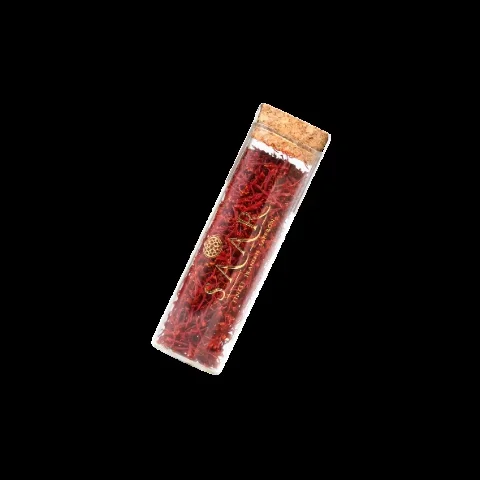Saffron:
- Due to
 its flavor, scent, and vivid hue, saffron is greatly prized in Iran.
its flavor, scent, and vivid hue, saffron is greatly prized in Iran. - It comes from the saffron crocus flower, primarily grown in the Khorasan area of Iran.
- Saffron is used in many Iranian cuisines and gives rice, stews, sweets, and drinks a unique flavor and appearance.
- Saffron is frequently used in joyous and celebratory dinners and represents hospitality and prosperity in Iranian culture.
- Saffron is valued for its antioxidant qualities and possible health advantages, which include improving mood, in addition to its culinary applications.
Ghorme Sabzi

- Ghormeh sabzi is a centuries-old Iranian stew that is highly appreciated for both its cultural value and its depth of flavor.
- Dried limes, kidney beans, lamb or beef, and a fragrant mixture of herbs—usually parsley, cilantro, fenugreek, and leeks—are combined to make this dish.
- To create a robust and fragrant stew, ghormeh sabzi is cooked patiently to allow the tastes of the herbs and spices to blend together.
- Typically, it’s served with a side of yogurt and flavorful Persian rice (chelow), making for a filling and well-balanced dinner.
Chelow Kabob
- Chelow kabob is a staple of Iranian cooking that is praised for both its delectability and simplicity.
Grilled Meat: Usually served over an open flame, the dish consists of marinated skewers of chicken, lamb, or beef.
- Chelow, also known as Persian rice, is cooked with precision and frequently seasoned with butter and saffron to create a fragrant and fluffy base for the kabobs. Grilled tomatoes, onions, and occasionally peppers are served with chelow kabob to bring taste and freshness to the dish.
- There are several kinds of kabobs in Iranian cooking, such as joojeh (chicken), barg (fillet), and koobideh (ground meat), each with a distinct flavor and texture.
